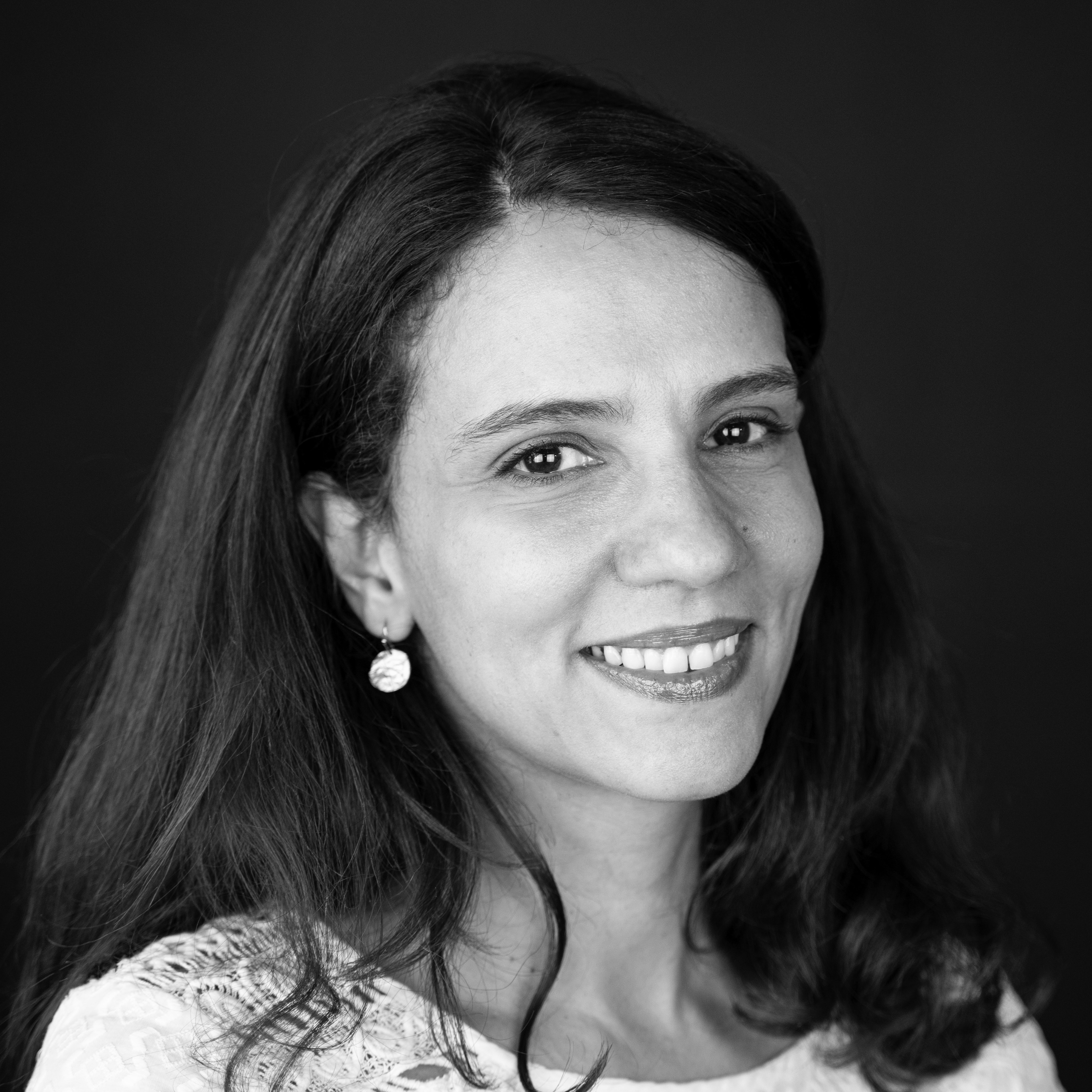Evaluation of the World Water Assessment Programme (WWAP)
Publiceringsdatum: 18 september 2024 | Språk: EN
UNESCO’s World Water Assessment Programme (WWAP) mandate is to equip water managers and policy and decision-makers with knowledge, tools, and skills necessary to formulate and implement sustainable water policies. Among its flagship activities are the publication of an annual UN World Water Development Report (WWDR) which offers policy recommendations and captures best practices on water management among several UN agencies; and the Gender Disaggregated Water Data Toolkit, which provides a methodology for experts and policymakers aiming at enhanced gender-inclusive water management policies. Since its last evaluation in 2015, WWAP introduced significant changes, including shifting the UN WWDR from a triannual to a yearly reporting cycle and strengthening its focus on gender indicators.
The current evaluation covered the period 2016-2023 and aimed to provide systematic evidence about what has worked, what has not worked and why, and to identify areas of improvement for WWAP. The evaluation methodology included a desk review, bibliometrics analysis, interviews with 36 key informants and 178 policymakers and academics surveyed.
The evaluation of UNESCO’s World Water Assessment Programme (WWAP) reveals several key insights and recommendations aimed at enhancing its effectiveness and sustainability. The UN World Water Development Report (WWDR) has proven to be a highly valued resource. Its visibility has increased markedly, being cited five times more in 2023 compared to 2015. However, regional awareness varies, particularly in Africa, where efforts to enhance visibility are needed.
The Gender Disaggregated Water Data Toolkit, a unique resource developed by WWAP to address gender imbalances in the water sector, is widely appreciated by its users. Despite this, a substantial portion of policymakers and academics remain unaware of its existence, highlighting the need for improved communication strategies.
Inter-agency cooperation has been a cornerstone of WWAP’s work, with enhanced synergies between WWAP and UN Water aligning with the UN principle of “delivering as one” on water policies. However, there are still untapped opportunities for stronger synergies within UNESCO, especially with the Intergovernmental Hydrological Programme (IHP).
Financial constraints pose a significant challenge for WWAP, which relies solely on voluntary contributions from Italy. Budget reductions and higher inflation rates have exacerbated these challenges, impacting operations and threatening sustainability. The current premises in Perugia, Italy, present logistical challenges and do not align with WWAP’s needs, further isolating the programme from its global outreach ambitions.
To address these challenges, the evaluation recommends clarifying WWAP’s strategic vision and objectives, including developing a robust theory of change for the programme. Re-evaluating the organisational structure and human resources to maximise resource utilisation and enhance the senior professional team is also advised. Developing a sound fundraising strategy is crucial to increase core funding and address financial challenges.
Enhancing the visibility of WWAP’s work, particularly the UN WWDR and Gender Toolkit, through targeted communication strategies is essential. Relocating WWAP’s premises within Italy to a city with other UNESCO or UN science and research entities would foster collaboration and mitigate isolation. Finally, developing stronger synergies with other UNESCO entities, such as IHP and UNESCO field offices, is crucial to amplify the impact of WWAP’s work on water policies.
These findings and recommendations aim to improve WWAP’s effectiveness, sustainability, and global impact on water management and policy.




